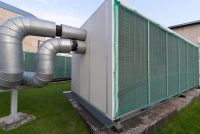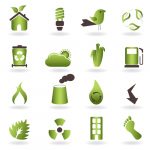Green Chill Partnership Achievements—Industry Steps Up
GreenChill Partnership Achievements—Industry Steps Up The GreenChill Partnership provides food retailers, as well as advanced refrigeration system manufacturers and retrofit chemical and secondary fluid manufacturers, with assistance with preventing costly refrigerant leaks and emissions and meeting strict performance criteria under the GreenChill Store Certification Program. During the first year in the program, Partners average an […]










